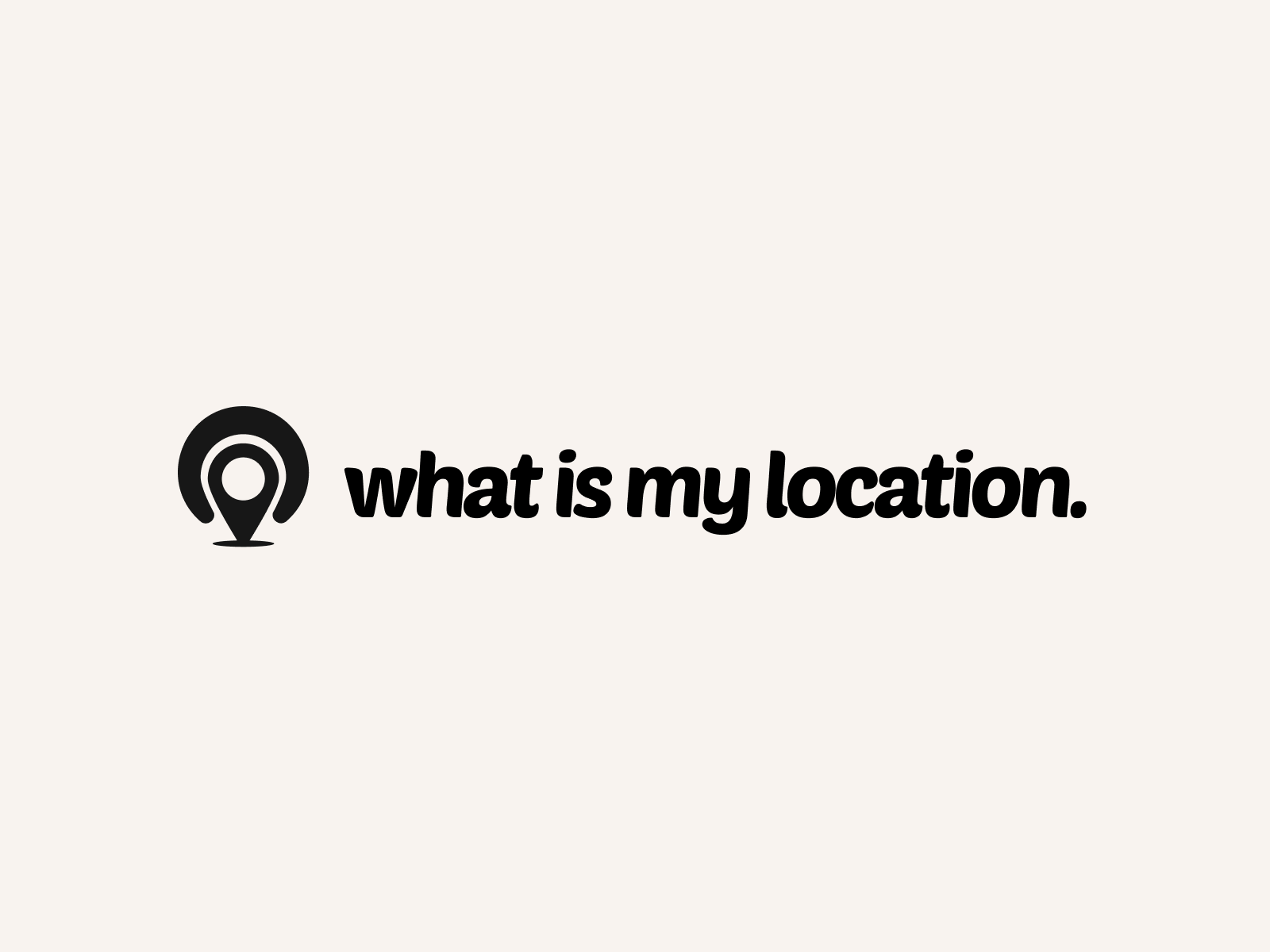Title: [Discover Your Time Zone: The Ultimate Guide to Understanding “What is My Location Time Zone?”]
Introduction:
Have you ever wondered, “What is my location time zone?” Understanding your time zone is crucial for effective communication, scheduling, and planning in today’s interconnected world. In this comprehensive blog post, we’ll dive deep into the concept of time zones, explore tools to help you determine your location’s time zone, and provide practical tips for navigating time differences like a pro.
Why Understanding Your Time Zone Matters:
Knowing your location’s time zone is essential for various reasons:
1. Global communication: When collaborating with people across different regions, understanding time zones ensures smooth communication and avoids confusion.
2. Travel planning: Being aware of time zone differences helps you plan your itinerary, book flights, and adjust to new schedules when traveling.
3. Business operations: For businesses with international clients or remote teams, time zone knowledge is crucial for coordinating meetings, deadlines, and deliveries.
Tools to Determine Your Location Time Zone:
1. Online Time Zone Converters: Websites like TimeAndDate.com and WorldTimebuddy.com allow you to easily convert times between different zones and locations.
2. Smartphone Apps: Many smartphone apps, such as World Clock and Time Buddy, provide user-friendly interfaces to check your local time zone and compare it with others.
3. Search Engines: Simply searching for “What is my location time zone?” on Google or Bing will often display your current time zone information at the top of the search results.
These tools make it quick and convenient to determine your location’s time zone, ensuring you always have accurate information at your fingertips.
Understanding GMT and UTC:
When discussing time zones, you’ll often come across the terms GMT (Greenwich Mean Time) and UTC (Coordinated Universal Time). GMT is the mean solar time at the Royal Observatory in Greenwich, London, which serves as the reference point for time zones worldwide. UTC is the primary time standard by which the world regulates clocks and time. In practice, GMT and UTC are often used interchangeably.
Time Zones Around the World:
There are 24 primary time zones globally, each roughly corresponding to 15 degrees of longitude. Some examples include:
1. Eastern Standard Time (EST): Observed in eastern parts of North America, such as New York and Toronto.
2. Pacific Standard Time (PST): Used in western regions of North America, including Los Angeles and Vancouver.
3. Central European Time (CET): Followed by most European countries, such as Germany, France, and Italy.
4. Australian Eastern Standard Time (AEST): Observed in eastern Australia, including cities like Sydney and Melbourne.
It’s important to note that some countries or regions may have multiple time zones due to their geographical span, such as the United States, Canada, and Russia.
Daylight Saving Time (DST):
Daylight Saving Time is the practice of advancing clocks, typically by one hour, during summer months to extend daylight hours into the evening. Not all countries observe DST, and the start and end dates may vary. When planning events or communicating across time zones, it’s crucial to be aware of DST changes to avoid scheduling conflicts.
Best Practices for Managing Time Zone Differences:
1. Clearly communicate time zones: When scheduling meetings or events, always specify the time zone to prevent confusion.
2. Use online collaboration tools: Platforms like Google Calendar and Slack have built-in features that automatically adjust for participants’ time zones.
3. Be mindful of others’ working hours: Consider the local time of your colleagues or clients to avoid scheduling communications during their off-hours.
4. Plan ahead for travel: When crossing time zones, give yourself ample time to adjust to the new schedule and combat jet lag.
By following these best practices and utilizing the tools available, you can seamlessly navigate time zone differences and ensure effective communication and planning.
Conclusion:
Understanding your location’s time zone is vital in today’s globalized world. By using online tools, smartphone apps, and search engines, you can quickly determine your time zone and easily convert times across different regions. Being aware of GMT, UTC, and the various time zones worldwide, as well as considering factors like Daylight Saving Time, will help you navigate time differences with confidence. Whether you’re communicating with international colleagues, planning travel, or coordinating business operations, mastering time zones is a valuable skill that will serve you well in both personal and professional contexts. So the next time you find yourself wondering, “What is my location time zone?” you’ll be equipped with the knowledge and tools to find the answer in seconds.
